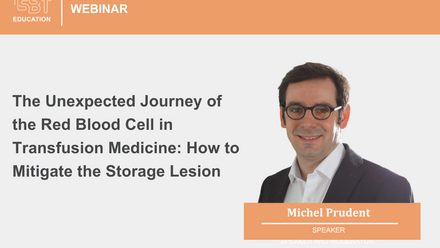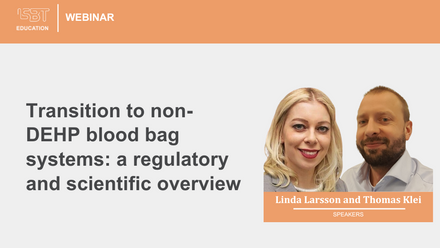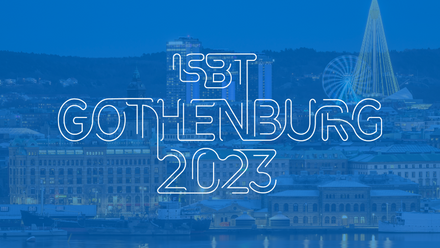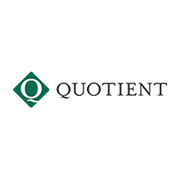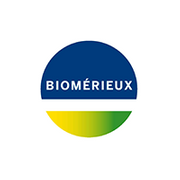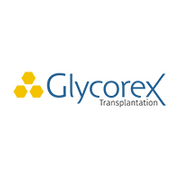The Achieving Efficiencies in Blood Component Production session included the following presentations:
1. Shanti Krishnan: Automation In Blood Product Manufacturing
2. Joanne Tan: Assessment Of Biological Response Modifiers In Cold-Stored Group O Whole Blood Product
3. Beatrice Hechler: In Vitro Biochemical And Functional Comparison Of Amotosalen-UVA-Treated Buffy-Coat Platelet Concentrates Stored In Pas-C Or Pas-E Additive Solution Up To 7 Days
4. Danny Brouard: Quality Of Red Cell Concentrates From Non-Anemic Donors With Signs Of Iron Deficiency
5. Vanessa Agostini: Preparation Of Hypoxic Red Blood Cells For Transfusion Of Thalassemia Study Patients
MODERATORS: Denese Marks, Jason Acker
After the presentation, there was a questions and answers session, which is also included in the recording.
Abstract
Assessment of biological response modifiers in cold-stored group O whole blood product
J Tan1,2, H Aung1, D Marks1,2
1Research and Development, Australian Red Cross Lifeblood, Alexandria, 2Faculty of Medicine and Health, The University of Sydney, Camperdown, Australia
Background: Early administration of blood products to trauma patients with severe bleeding improves their survival, with advantageous outcomes shown in both military and civilian settings. Low-titre group O whole blood (WB) stored at 2–6°C is increasingly being adopted for transfusion of trauma patients in pre-hospital and early hospital admission, and has demonstrated haemostatic capacity in vitro for at least 21 days of storage. Although robust data has been shown for platelet-, red cell- and plasma-specific storage parameters, there has been limited investigation of biological response modifiers (BRMs) in cold-stored WB, which may induce an inflammatory or anaphylactic reaction in the recipient.
Aims: The aim of this study was to evaluate BRMs in the supernatant of cold-stored group O WB product during 42-day storage.
Methods: WB (n = 12) was collected into CPD anticoagulant, held overnight, processed through a platelet-sparing filter, and stored at 2–6°C for 42 days. Samples were taken on day 1, 4, 7, 14, 21, 28, 35 and 42, and platelet-poor-plasma was prepared by centrifugation. BRMs were measured by ELISA, flow cytometry and cytometric bead array. Data were analysed using one-way ANOVA comparing each time-point to day 1, with a post hoc two-sided Dunnett's t-test.
Results: WB units were effectively leukoreduced, with 99.98% reduction in leukocyte count per unit and 85% platelet count recovery following filtration. There was a significant increase in soluble platelet-derived factors including PF4 (p < 0.0001) and sCD62P (p < 0.0001), and to a lesser extent sCD40L (p = 0.037). The concentration of inflammatory mediators HMGB1 (p = 0.748), S100A12 (EN-RAGE; p = 0.274) and C5a (p = 0.988) remained stable throughout storage, but was contrasted with a significant increase in C3a from day 14 of storage (p < 0.0001). There was a significant increase in the supernatant concentration of chaemokines RANTES (p < 0.0001) and MCP-1 (p < 0.001) throughout storage. The concentration of IL-6, IL-8, IL-13, MIP-1α and IFN-g was below the limit of detection. Platelet-derived microparticles numbers (p < 0.0001) and red cell-derived microparticles (p < 0.0001) increased during storage, whereas the number of white cell-derived microparticles was relatively low and did not change during storage (p = 0.100).
Summary/Conclusions: This study shows that biological response modifiers accumulate in cold-stored WB during storage. High BRM concentrations in WB may have clinical consequences for transfusion recipients in a trauma setting, although this is yet to be fully elucidated.


